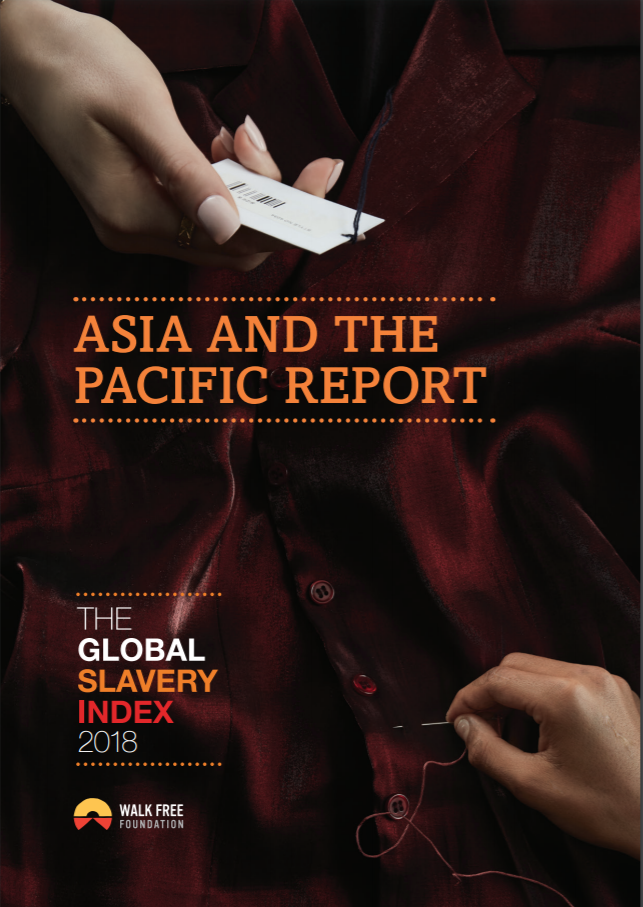The Global Slavery Index 2018. Arab states Report

The Arab States are currently both the source and recipient of the largest numbers of refugees and internally displaced people globally. As the region experiences conflict and resulting displacement – and given its position at the junction of migratory paths for Afghans, Sudanese, and Somalis fleeing conflicts in their homelands – vulnerability to modern slavery in the Arab States has sharply increased. An estimated 5.7 million refugees originated in the region since mid-2016 and 12 million people were displaced internally in Middle Eastern countries.This displacement, accompanied by severe economic decline, widespread violence and psychological distress, collapse of essential public services in many districts, and weak labour laws has contributed towards the vulnerability of refugees, internally
displaced persons, minority groups, and ordinary citizens to trafficking and exploitation.
Country
Worldwide
Region
Worldwide
Year
2018
Topics




